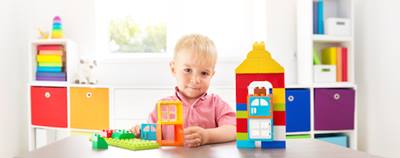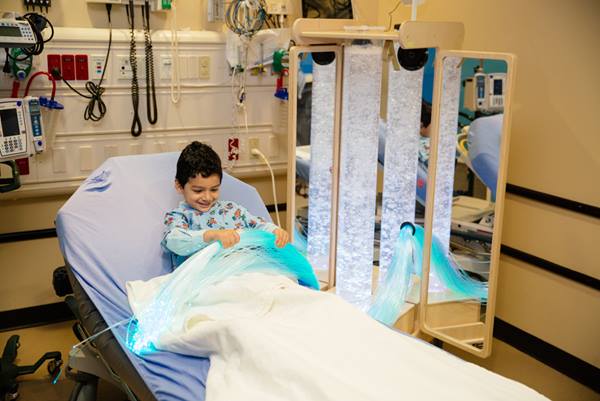The Lost Art of Play
As a parent, you want the best for your child, but sometimes it is hard to know what is best when it comes to balancing scheduled activities and play time. While activities such as little league and music groups can provide children with structure, discipline, and increasing independence, over-scheduling can leave kids feeling anxious and pressured to constantly perform. Free play is not only a time when children can relax and have fun but it is vital to a child’s growth and development. In the hustle and bustle of life for today’s children, the art of play is seemingly lost.
Why is play important?
 Play is a normal part of a child’s growth and development. Play to a child, is the equivalent of words to an adult. Kids don’t always have the words to communicate what they are feeling, but play helps them learn how to express their emotions and begin to gain the skills needed to communicate. Kids are constantly learning about the world around them and play helps to organize their thoughts, feelings, and experiences. Play allows children a safe place to practice and master new skills. For example, a baby learning how to grasp a rattle or a toddler practicing his balance while popping bubbles. Play also gives children the opportunity to engage in creative thinking and problem solving while enhancing their socialization skills by allowing them to form relationships and interact with others. The cognitive, emotional, academic, and social skills learned through play prove valuable long into adulthood.
Play is a normal part of a child’s growth and development. Play to a child, is the equivalent of words to an adult. Kids don’t always have the words to communicate what they are feeling, but play helps them learn how to express their emotions and begin to gain the skills needed to communicate. Kids are constantly learning about the world around them and play helps to organize their thoughts, feelings, and experiences. Play allows children a safe place to practice and master new skills. For example, a baby learning how to grasp a rattle or a toddler practicing his balance while popping bubbles. Play also gives children the opportunity to engage in creative thinking and problem solving while enhancing their socialization skills by allowing them to form relationships and interact with others. The cognitive, emotional, academic, and social skills learned through play prove valuable long into adulthood.
It’s all in the timing…
In recent years, the focus of play research has been placed on the quality of a child’s play. New findings suggest that it’s not only the type of play a child engages in that matters, but also the quantity of playtime. As little as two minutes multiple times a day can be valuable in strengthening the parent child relationship and has positive impacts on a child’s development. This is good news for families on the go. If you are like many parents today, finding even two minutes here and there can prove challenging due to jam packed schedules and life responsibilities. But, even the busiest of families can incorporate play into everyday activities. Think of things you do on a daily basis and add a playful spin. For example, sing-alongs in the car while on the way to school, I-spy at the doctor’s office, coloring at a restaurant, or imaginary play while setting the dinner table. These quick and easy tips can help your family add a little more play in your day.
Play in the hospital
 As a child life specialist, play is at the center of the services I provide to children and families. Play can take on many forms in the hospital setting from stimulating positive growth and development in infants to increasing education and understanding through medical play for older children. For many children, the hospital environment is one that can evoke feelings of fear and anxiety. Unfamiliar surroundings, the potential for painful procedures, and little opportunity for independence are just some of the things children can struggle with when in the hospital. Play can provide a child with a sense of comfort, familiarity and safety.
As a child life specialist, play is at the center of the services I provide to children and families. Play can take on many forms in the hospital setting from stimulating positive growth and development in infants to increasing education and understanding through medical play for older children. For many children, the hospital environment is one that can evoke feelings of fear and anxiety. Unfamiliar surroundings, the potential for painful procedures, and little opportunity for independence are just some of the things children can struggle with when in the hospital. Play can provide a child with a sense of comfort, familiarity and safety.
Encouraging a child to play with his or her favorite superhero at the bedside can provide opportunities to create a safe and more normal environment. Medical play utilizing actual medical supplies can help children understand why they are in the hospital and help them become more familiar with common medical equipment they might see in their room. Using Band-Aids or IV tubing in a fun and non-threatening way helps the hospital seem a little less scary. Play in the hospital might look a little different but provides the same benefits to a child’s growth and development.
Regardless of what it looks like for you and your family, remember to take some time to play today!






